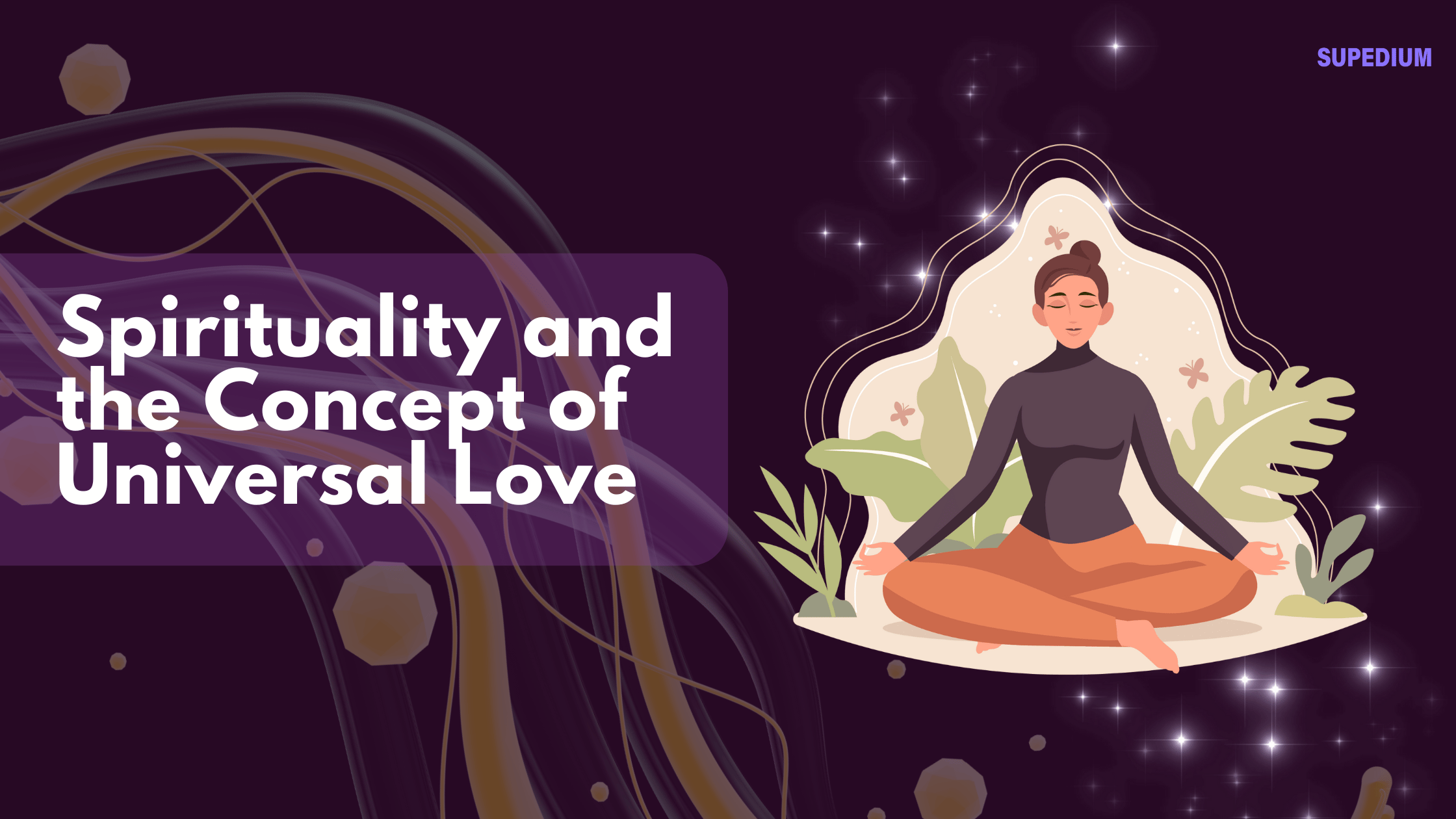Table of Contents
![]()
Introduction
Optical illusions are fascinating visual phenomena that deceive the brain into perceiving something that isn’t actually present or is different from reality. These illusions captivate not only artists and designers but also scientists and psychologists, offering a window into the complexities of human perception. Understanding optical illusions provides valuable insights into the workings of the visual system and cognitive processes.
History and Background
The study of optical illusions dates back to ancient times. Early examples can be seen in Greek art and ancient mosaics, where patterns and designs created effects that played tricks on the viewer’s eyes. However, it was not until the 19th and 20th centuries that modern science began to unravel the mechanisms behind these intriguing phenomena. Pioneering figures such as Hermann von Helmholtz and Richard Gregory made significant contributions, developing theories that explored how and why illusions occur.
The Anatomy of Visual Perception
To grasp how optical illusions work, it is essential to understand the human visual system. The eye, with its cornea, lens, and retina, captures light and converts it into neural signals. The retina contains photoreceptors called rods and cones, which are responsible for detecting light and color. These signals are then transmitted through the optic nerve to the visual cortex in the brain, where they are interpreted.
The visual cortex plays a critical role in processing and interpreting visual information. It assembles the various elements of a visual scene into a coherent image, a process that can sometimes lead to misperceptions, resulting in optical illusions.
Types of Optical Illusions
Optical illusions come in various forms, each revealing different aspects of visual and cognitive processing:
- Geometric Illusions
- Examples: Müller-Lyer Illusion, Ebbinghaus Illusion
- Explanation: Geometric illusions often involve misinterpretation of sizes and shapes. For instance, in the Müller-Lyer illusion, two lines of equal length appear different because of the direction of the arrowheads at their ends. The brain interprets the lines based on surrounding visual cues, leading to a distorted perception of length.
- Ambiguous Illusions
- Examples: Rubin’s Vase, Necker Cube
- Explanation: Ambiguous illusions present visual stimuli that can be interpreted in multiple ways. The Rubin’s Vase, for example, can be seen either as a vase or as two faces in profile. The Necker Cube is another example, where the orientation of the cube appears to shift between different perspectives.
- Motion Illusions
- Examples: Rotating Snakes, Moving Grid
- Explanation: Motion illusions create the perception of movement in a static image. The Rotating Snakes illusion features patterns that seem to rotate despite being still. This effect arises from the way the brain processes contrasting colors and patterns, leading to a sensation of motion.
- Paradoxical Illusions
- Examples: Penrose Triangle, Shepard’s Tables
- Explanation: Paradoxical illusions involve impossible objects and structures that cannot physically exist. The Penrose Triangle, for instance, is a geometric figure that appears to be a three-dimensional, continuous triangle but is impossible in three-dimensional space.
Mechanisms Behind Optical Illusions
Theories of perception help explain how optical illusions trick the brain:
- Gestalt Principles
- Principles of Grouping: Gestalt psychology highlights principles like proximity (objects close together are perceived as a group), similarity (objects with similar features are grouped together), and continuity (lines are perceived as continuous rather than disjointed).
- Figure-Ground Relationship: This principle refers to the ability to distinguish an object from its background, as seen in illusions like the Rubin’s Vase.
- Top-Down vs. Bottom-Up Processing
- Top-Down Processing: This involves the influence of prior knowledge, expectations, and context on perception. For example, knowledge of typical object sizes helps the brain interpret ambiguous shapes.
- Bottom-Up Processing: This refers to the sensory input from the environment that influences perception. Optical illusions often exploit the brain’s reliance on certain visual cues and patterns.
Applications and Implications
Optical illusions have practical implications in various fields:
- In Art and Design
- Artists and designers use optical illusions to create visual effects that captivate and engage viewers. Historical and contemporary artists, such as M.C. Escher, are renowned for their use of illusionary techniques.
- In Medicine
- Understanding optical illusions can aid in diagnosing visual and neurological disorders. For instance, certain illusions are used in psychological assessments to explore cognitive and perceptual abilities.
- In Technology
- The principles behind optical illusions are applied in visual displays and interfaces, including virtual and augmented reality. By leveraging these principles, developers create immersive experiences that challenge and enhance user perception.
Experiments and Studies
Numerous experiments have contributed to our understanding of optical illusions:
- Key Experiments
- Classic studies like the Ames Room and Kanizsa Triangle have provided insights into how spatial and perceptual cues affect our interpretation of visual stimuli.
- Ongoing Research
- Modern research continues to explore the neural mechanisms underlying perception. Cross-disciplinary studies involving psychology, neuroscience, and computer science are advancing our knowledge of how the brain processes complex visual information.
Conclusion
Optical illusions offer a fascinating glimpse into the intricacies of visual perception. By studying these illusions, we gain a deeper understanding of how our brains interpret visual information and how this process can be influenced by various factors. As research advances, the study of optical illusions will continue to illuminate the complexities of human perception and contribute to advancements in multiple fields.
Share This





Be the first to comment